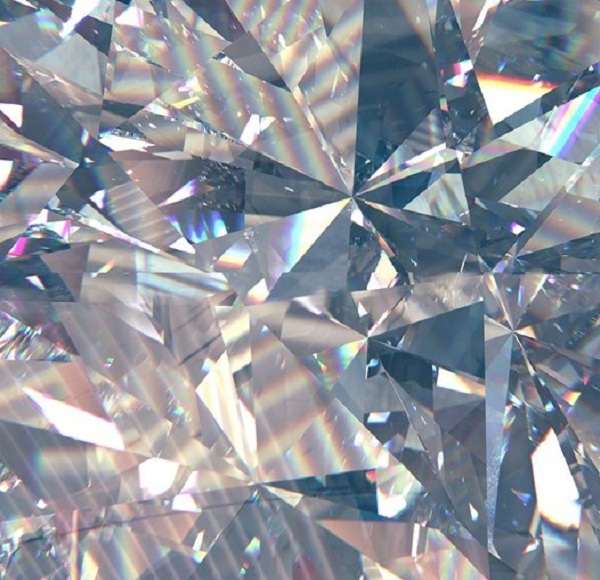Researchers from the Carnegie Institute for Science in Washington, DC, have worked with collaborators from around the world to synthesise an ultrahard diamond glass. The new material is the hardest known glass with the highest thermal conductivity among all glass materials.
When it comes to comprehending the properties of materials, function follows form. How a material’s atoms are chemically bonded, and their resulting structure, determines its physical qualities. This applies both to properties observable to the naked eye and those more subtle qualities only revealed by probing with specialist instrumentation.
Carbon has unrivalled versatility when it comes to forming stable structures, both alone and in combination with other elements. Some carbon-based materials have highly organised structures (e.g. diamond structure) with repeating crystalline lattices while others are more disordered or amorphous. Glass is a non-crystalline, amorphous material typically formed by rapid cooling, such as after lightning strikes sand.
The nature of the bonds holding a carbon-based material together determine its hardness. For example, soft graphite has 2D bonds and hard diamond has 3D bonds.
“The synthesis of an amorphous carbon material with 3D bonds has been a long-standing goal,” explained Dr Yingwei Fei of Carnegie Institute for Science. “The trick is to find the right starting material to transform with the application of pressure.”
The research team, led by scientists from Jilin University in Changchun, China, made their breakthrough using a form of carbon known as a buckyball. A buckyball is composed of 60 carbon molecules bonded to form a hollow ball-like structure. When heated very precisely, the material collapsed its structure to induce disorder, before turning the carbon to crystalline diamond under pressure.
The team used a large-volume multi-anvil press to synthesise the diamond-like glass. Its superlative properties were confirmed using a variety of high-resolution techniques for probing atomic structure. Using this approach, the scientists were able to synthesise material with volumes 1,000 to 10,000 times as large as those produced in earlier studies, without compromising on purity.
“The creation of a glass with such superior properties will open the door to new applications,” continued Fei. “The use of new glass materials hinges on making large pieces, which has posed a challenge in the past. The comparatively lower temperature at which we were able to synthesise this new ultrahard diamond glass makes mass production more practical.”
Carnegie Earth and Planets Laboratory director Richard Carlson said: “For decades Carnegie researchers have been at the forefront of the field, using laboratory techniques to generate extreme pressures to produce novel materials or mimic the conditions found deep inside planets.”
Source: E&T










